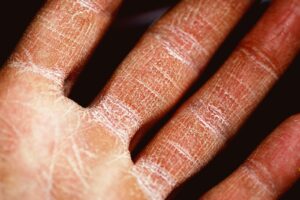The particles emitted from consumer 3D printers can affect air quality and harm respiratory health, according to researchers at the Georgia Institute of Technology and UL Chemical Safety.Â
3D printers usually work by melting plastic filament and then depositing the melted plastic, layer upon layer to form an object.
For their study, the researchers collected particles that were emitted from the printers and conducted several tests to investigate their safety to health on live cells.
The researchers partnered with Weizmann Institute of Science in Israel and exposed human respiratory cells and rat immune cells to concentrations of the particles from the printers, with both sets of cells negatively impacted by the particles.
They also found that the hotter the temperature required to melt the filament, the more emissions produced.
Rodney Weber, a professor at Georgia Tech’s School of Earth and Atmospheric Sciences said: ‘These tests indicate that exposure to these filament particles could, over time be as toxic as the air in an urban environment polluted with vehicular or other emissions.’
The researchers also estimated that in a commercial building with better ventilation such as a school or an office, the amount of exposure to emissions would be limited, but in a residential setting with less effective air ventilation exposure is likely to be higher.
Marilyn Black, senior technical advisor for UL said: ‘These studies show that particle and chemical emissions from 3D printers can result in unintentional pollutant exposure hazards, and we are pleased to share this research so that steps can be taken to reduce health risks.’
The researchers have suggested some measures that can be taken by operators of 3D printers to reduce the impact of air quality on their health.
- Operate only in well-ventilated areas
- Set the nozzle temperature at the lower end of the suggested temperature range for filament materials
- Stand away from operating machines
- Use machines and filaments that have been tested and verified for low emissions.
Photo Credit – Pixabay
















